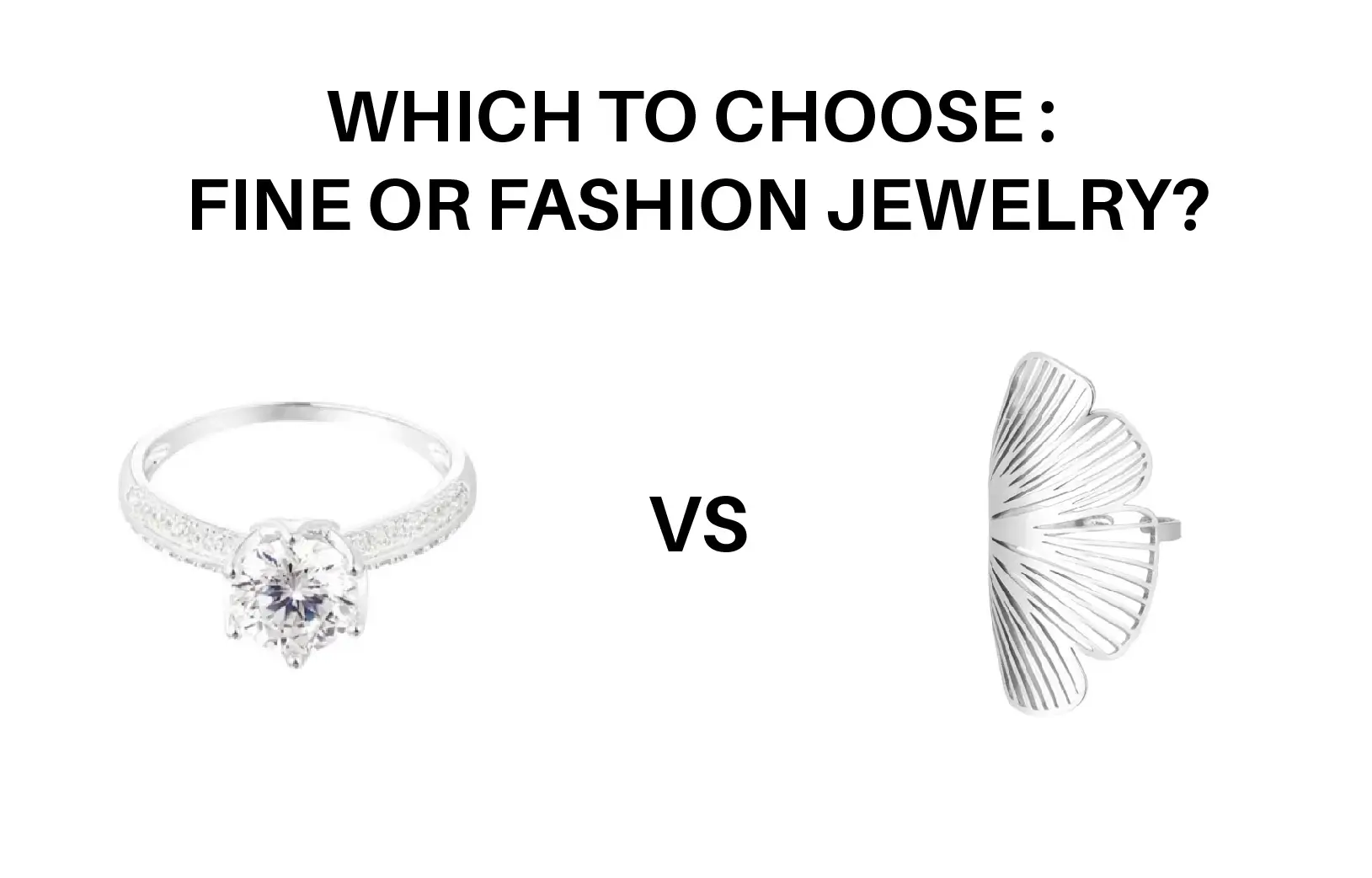When it comes to adorning oneself with exquisite pieces of jewelry, the terms “high jewelry” and “fine jewelry” often surface in the conversation. But are these terms interchangeable, or do they represent distinct categories with inherent differences? This detailed exploration will unveil the nuances between high jewelry and fine jewelry while delving into their respective characteristics, craftsmanship, pricing, and overall cultural significance.
1. Defining Fine Jewelry
Fine jewelry is typically defined as pieces made from high-quality gemstones, precious metals, and enduring craftsmanship. Often, this category includes items crafted from 14k to 24k gold, platinum, and sterling silver. The gemstones used are often natural and include diamonds, rubies, sapphires, emeralds, and other semi-precious stones.
Fine jewelry is distinguished by its quality materials and sophisticated designs. It is meant to be worn regularly—whether that be daily or for special occasions. These pieces often become cherished heirlooms, passed down through generations due to their durability and timeless appeal.
2. The Allure of High Jewelry
High jewelry represents the zenith of luxury and craftsmanship. Known as “haute joaillerie,” this category encompasses one-of-a-kind pieces created by esteemed jewelry houses, such as Cartier, Van Cleef & Arpels, and Bulgari. Each creation is a manifestation of artistry, often transcending traditional jewelry making into realms of wearable art.
High jewelry places an emphasis on exceptional gemstones—often rare and of significant size—paired with meticulously hand-crafted designs. Each piece is a testament to not only the skills of the artisan but also the brand’s heritage and creativity, showcasing techniques that might include intricate beadwork, enameling, and elaborate stone setting.
3. Craftsmanship: The Heart of the Matter
In fine jewelry, craftsmanship is certainly esteemed, but it often adheres to specific manufacturing techniques that allow for affordability and accessibility. Techniques such as castings, mass production, and even machine-assisted designs play critical roles in creating fine jewelry effectively while keeping costs reasonable.
In contrast, high jewelry emphasizes artisanal craftsmanship. Every piece often begins as a sketch drawn by hand, followed by hours—sometimes even weeks—of laborious work that includes stone selection, setting, and final polishing. This bespoke nature means that high jewelry tends to have an irreplaceable uniqueness, making each item a veritable work of art.
4. Pricing: The Economic Divide
The pricing of fine jewelry ranges considerably, making it accessible to a broader audience. A piece may range from a couple of hundred dollars to several thousand, depending on the materials used and the brand’s reputation. Many find fine jewelry to be a worthy investment for everyday elegance, celebration gifts, or personal indulgences.
Conversely, high jewelry is reserved for the luxury connoisseur. Prices can soar into the tens of thousands or even millions, depending on the rarity and quality of the materials involved. Often, these pieces are seen as investment items—art pieces that retain or even appreciate in value over time.
5. Cultural Significance and Occasion
Fine jewelry often serves practical purposes, providing everyday elegance and personal expression. It can symbolize milestones, from birthdays to anniversaries, and can be worn in a variety of social settings. Thus, it acts as a bridge between personal identity and social status.
High jewelry, however, is typically associated with exclusive events, galas, and red-carpet affairs. It carries a cultural cachet that can elevate the wearer to an echelon of sophistication and style. As an embodiment of luxury, high jewelry becomes a conversation starter, often reflective of not just personal taste, but also one’s cultural and economic standing.
6. Trends and Innovations
Trends in fine jewelry often reflect broader fashion movements. Designers may draw inspiration from nature, architecture, or contemporary art to create pieces that resonate with a modern aesthetic. As consumers embrace sustainability, many fine jewelry brands are also pivoting towards ethical sourcing, recycled materials, and transparent supply chains.
In the realm of high jewelry, the trends can be more avant-garde and experimental. Since these pieces are often custom-made, designers may explore uncharted territories in design, venturing into future-forward concepts that incorporate unconventional materials alongside traditional gemstones. High jewelry often leads the conversation on innovation in mobile technologies and augmented reality, thereby enhancing customer experiences.
7. Emotional Connection
Both fine jewelry and high jewelry evoke emotional connections, yet the depth of these feelings can differ. Fine jewelry often serves as a token of affection, celebrating personal relationships or milestones. A fine piece may remind the wearer of joyful memories, family gatherings, or significant life events.
High jewelry, while also beautiful, often represents the pinnacle of aspiration for many. Acquiring a piece of high jewelry can be a life goal, a trophy of success, or a mark of cultural significance. It becomes a form of self-expression, but also a statement of audacity, sophistication, and style.
Conclusion
In summation, while fine jewelry and high jewelry share some commonalities in craftsmanship and materials, they are distinct categories with unique characteristics. Fine jewelry offers accessibility and craftsmanship that appeals to everyday wearers, while high jewelry represents lavish artistry and exclusivity, encapsulating opulent luxury. Understanding these differences allows consumers to make informed decisions based on personal style, occasion, and investment value.

